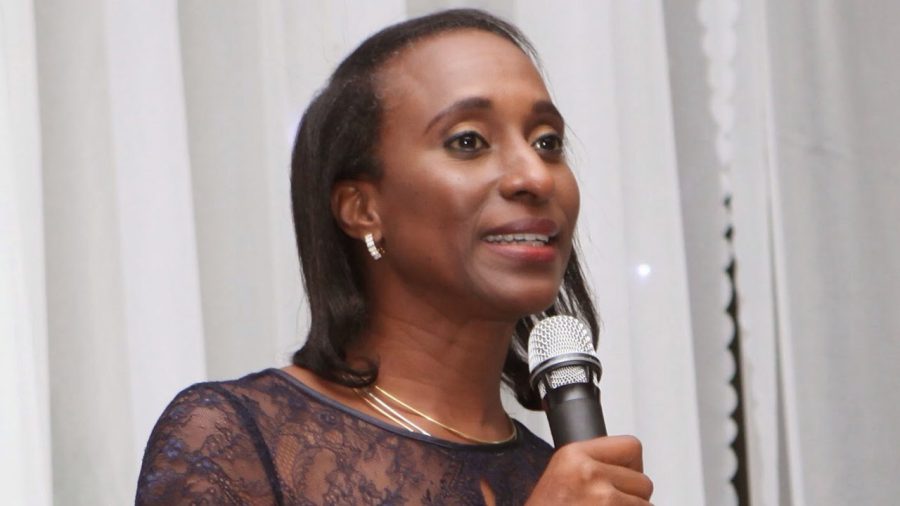The World Bank has predicted that by 2030, about nine out of 10 extremely poor people in the world will live in sub-Saharan Africa, which includes Nigeria and others.
The Bretton Woods institution, which gave its forecast in its report named Poverty and Shared Prosperity 2018, affirmed that the forecast for 2018 suggested that Nigeria would take over from India as the country with the poorest people.
According to the report, the rate of extreme poverty and the number of poor in South Asia, which has been constantly declining, would continue, resulting in a shift in poverty from South Asia to Sub-Saharan Africa.
“In a sign of change, however, forecasts for 2018 suggest that India’s status as the country with the most poor is ending; Nigeria either already is, or soon will be, the country with the most poor people.
“The extreme poverty rate and the number of poor in South Asia have been steadily declining and are expected to continue that trend. The result of this trend is a shift in poverty from South Asia to Sub-Saharan Africa.
“By 2030, the portion of the poor living in Sub-Saharan Africa could be as large as 87 percent on the basis of historical growth rates,” the new report noted.
The World Bank in this report themed: “Piecing Together the Poverty Puzzle,” stated that, even if every other country in the world had zero extreme poverty by 2030, the average rate in Sub-Saharan Africa would have to decrease from the 2015 rate of 41 percent to about 17 percent for the global average to be 3 percent.
In its analysis, the bank reckoned that, it would require an unprecedented annual growth rate for the region. Stronger economic growth and renewed efforts to resolve violent conflicts will be crucial to speed up the rate of poverty reduction in Africa and elsewhere.
However, pointing out that, business as usual will not be enough, the Washington-based global institution recommended that more needed to be done to ensure that growth is inclusive, with a stronger focus on raising the productive capacity of the poor.
If Sub-Saharan African and other fragile countries are to have a chance of reaching the 3 percent goal, not only will their growth rates have to be high, but incomes among the bottom 40 in their societies will also have to rise at a higher rate.
The World Bank lamented that, the huge progress against poverty in other regions contrasted sharply with the much slower pace of poverty reduction in sub-Saharan Africa. It explained that extreme poverty is becoming more concentrated there because of the region’s slower rates of growth, problems caused by conflict and weak institutions, and a lack of success in channeling growth into poverty reduction.
“Sub-Saharan Africa now accounts for most of the world’s poor, and— unlike most of the rest of the world—the total number of poor there is increasing.
The number of people living in poverty in the region has grown from an estimated 278 million in 1990 to 413 million in 2015. Whereas the average poverty rate for other regions was below 13 percent as of 2015, it stood at about 41 percent in sub-Saharan Africa. Of the world’s 28 poorest countries, 27 are in sub-Saharan Africa, all with poverty rates above 30 percent. In short, extreme poverty is increasingly becoming a sub-Saharan African problem,” the report noted.
“African countries have struggled partly because of their high reliance on extractive industries that have weaker ties to the incomes of the poor, the prevalence of conflict, and their vulnerability to natural disasters such as droughts.
Despite faster growth in some African economies, such as Burkina Faso and Rwanda, the region has also struggled to improve shared prosperity.
The bottom 40 in the dozen sub-Saharan African countries covered by the indicator saw their incomes rise by an average of 1.8 percent per year in 2010–15 (slightly below the global average of 1.9 percent per year). More worrying, however, is that the incomes of the bottom 40 shrank in a third of those 12 countries,” it added.





2 Comments